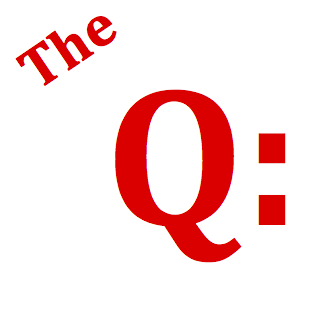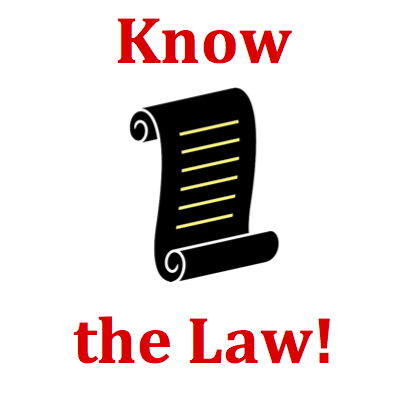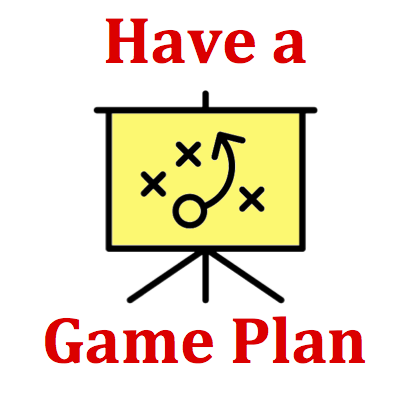Getting your Trinity Audio player ready...
Hold down the T key for 3 seconds to activate the audio accessibility mode, at which point you can click the K key to pause and resume audio. Useful for the Check Your Understanding and See Answers.
Mission RM5 Concave Mirror Ray Tracing - Question Group 7 Help

The following diagrams are ray diagrams, showing how to locate the image (in GREEN) of an 'arrow object' (in RED). Which of these diagrams are correctly drawn? Include all that apply.

Drawing Ray Diagrams:
Ray diagrams involve the construction of two or more rays from a location on the object in order to determine the location of the image. The principle is that the image is the location where all the reflected light seems to come from. By drawing two or more incident rays and their corresponding reflected rays, the image location can be identified as the intersection point of the reflected rays. So a point on the extremity of the object is selected (the arrowhead in these diagrams). Then two of the three rules of reflection are used to draw two sets of incident and reflected rays (see Know the Law section below). The location where the reflected rays intersect is the image location of the top of the arrowhead. The remainder of the image extends from the principal axis to the image of the arrowhead.
Ray diagrams involve the construction of two or more rays from a location on the object in order to determine the location of the image. The principle is that the image is the location where all the reflected light seems to come from. By drawing two or more incident rays and their corresponding reflected rays, the image location can be identified as the intersection point of the reflected rays. So a point on the extremity of the object is selected (the arrowhead in these diagrams). Then two of the three rules of reflection are used to draw two sets of incident and reflected rays (see Know the Law section below). The location where the reflected rays intersect is the image location of the top of the arrowhead. The remainder of the image extends from the principal axis to the image of the arrowhead.

You are to identify the diagrams which are correctly drawn. The Know the Law section above describes the method used to draw ray diagrams. Check each diagram carefully, making sure that the ...
- principal rays were drawn starting from the arrowhead of the object
- principal rays were drawn correctly (see Know the Law below)
- image was located where the reflected rays intersected

Concave Mirrors - Rules of Reflection
Light reflects off any surface - plane mirror, curved mirror, or non-mirror - according to the law of reflection. For concave mirrors, some generalizations can be made to simplify ray construction. They are:
Light reflects off any surface - plane mirror, curved mirror, or non-mirror - according to the law of reflection. For concave mirrors, some generalizations can be made to simplify ray construction. They are:
- An incident ray traveling parallel to the principal axis will reflect and pass through the focal point.
- An incident ray traveling through the focal point will reflect and travel parallel to the principal axis.
- An incident ray traveling through the center of curvature will reflect and travel back along the same path from which it came.
